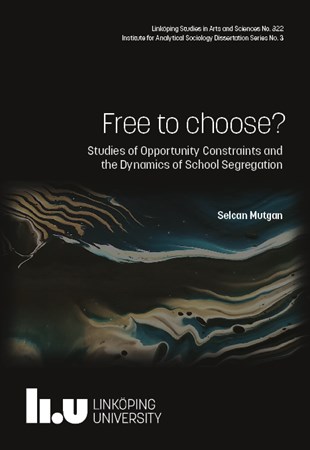School segregation has been high on the political and scientific agenda, both in Sweden and abroad. This is because segregated schools tend to increase inequality in conditions between children from different socio-economic and ethnic backgrounds. Research on the subject usually explain school segregation with characteristics in the school choice system, such as free school choice, or with existing housing segregation which, in combination with proximity principles in school admissions, is reflected in school segregation (see also Figure 1). At the same time, we know that parents often choose to move to neighbourhoods that are likely to benefit their children, and research has suggested that proximity to preferred schools is one of the things that parents consider when they change neighbourhoods.
School segregation

Our project on school segregation, funded by the Swedish Research Council (VR), focuses on the feedback mechanisms between residential and school choices of parents. Several sub-studies within the project aim at understanding how residential choices driven by school preferences, and school choices given the residential location affect school segregation in Sweden.
About this project
Project time: 2021-2024
Various sub-projects will focus on residential choices of parents as well as how residential and school choices are affected by parental income and employment. The project uses the unique administrative register data which provide detailed information on residential choices as well as school choices of parents of young children. More information on register data can be found here: Register-based research - Vetenskapsrådet.
The project will move the segregation research frontier forward by improving our understanding about the mechanisms that generate and maintain school segregation. As such, our project will add to the research field by examining the interrelation between residential- and school choices, and the consequences such interrelations have on segregation levels in Sweden. Moreover, we will use cutting-edge simulation models to study potential policy interventions. Our findings will give insights into how policy interventions can be designed in order to effectively target school segregation.



